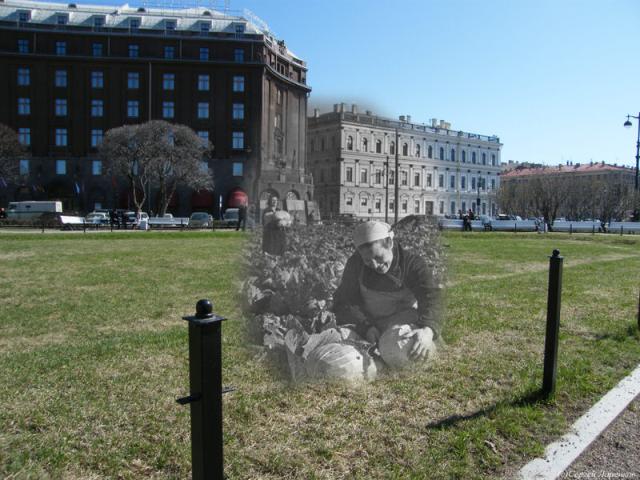An opinion piece in the Awareness Times of Sierra Leone decries the current parlous state of Rokupr Agricultural Research Station. It starts, however, by waxing lyrical abut the past.
Established about half a century and decade ago, the Rokupr Rice Research Station was a darling vision of the early colonialists who among other considerations were fascinated by the fertile ecologies and enviable terrain of the Scarcies coastline… With rice as a popular diet in West Africa and around the world, Sierra Leone in the shadows of Rokupr Rice Research was put on the spot light of fame and popularity. Rokupr became internationally known.
Indeed. And not only for rice breeding, but also for being at the forefront of the scientific thinking about on-farm conservation of plant genetic resources in the 1990’s, as part of the Community Biodiversity Development and Conservation Project. Alas,…
…[t]he present condition of Rokupr Rice Research is dismal. The one time elegant roads in the station premises are presently all gorges and death traps. The compound remains uncared for. Trees, shrubs and grass have overgrown and form a canopy over the compound. The trees are dens for giant snakes and other poisonous pests. Research trial fields are abandoned. There are no resident senior staffs and research activities have been suspended for ages. The compound looks marooned and deserted. The aura of research is dilapidated. Laboratories and staff quarters are ransacked and in dear need of renovation. Staff morale, dedication, and motivation are low and devoid of promise.
A pity, especially since an alumnus of the station was minister of agriculture until fairly recently. Who will save Rokupr?

